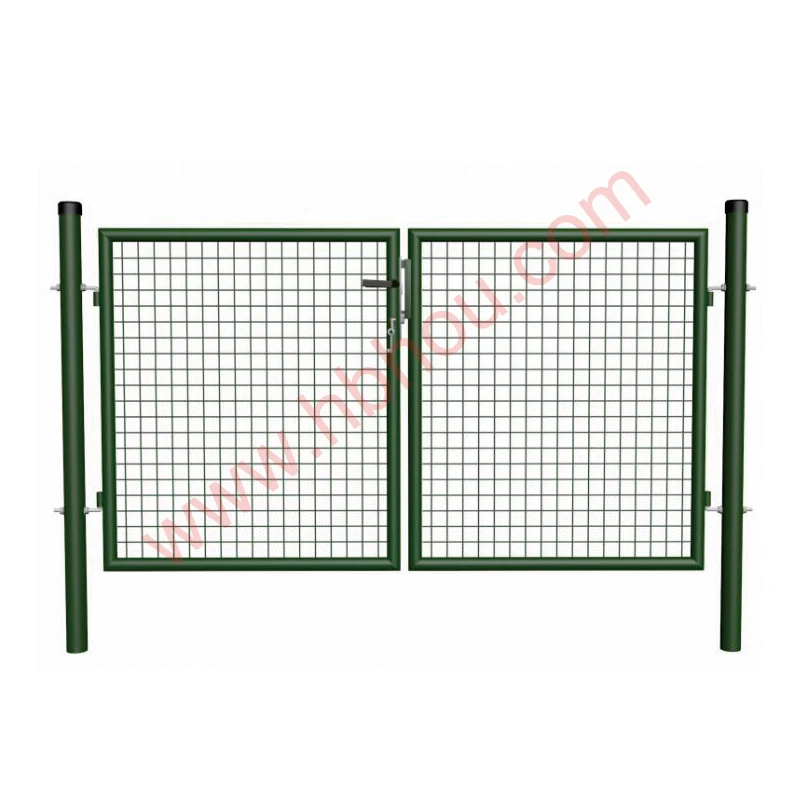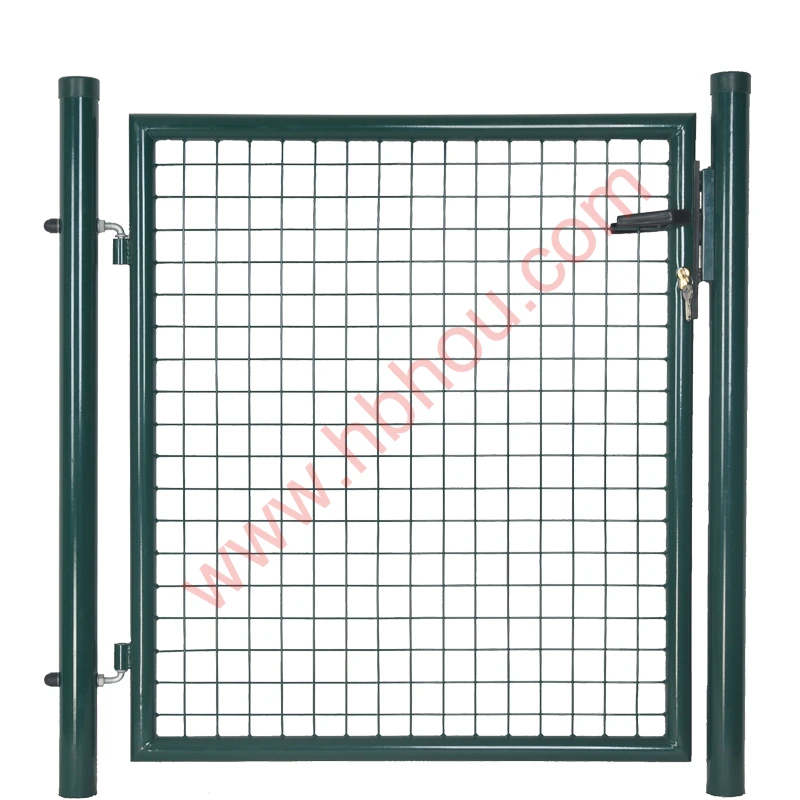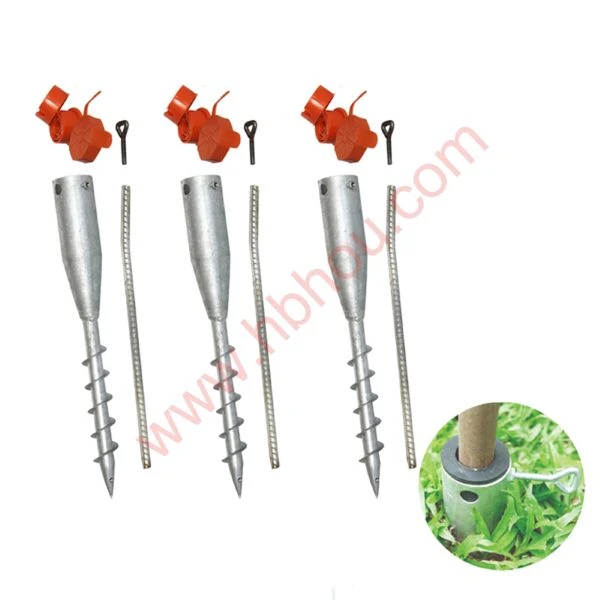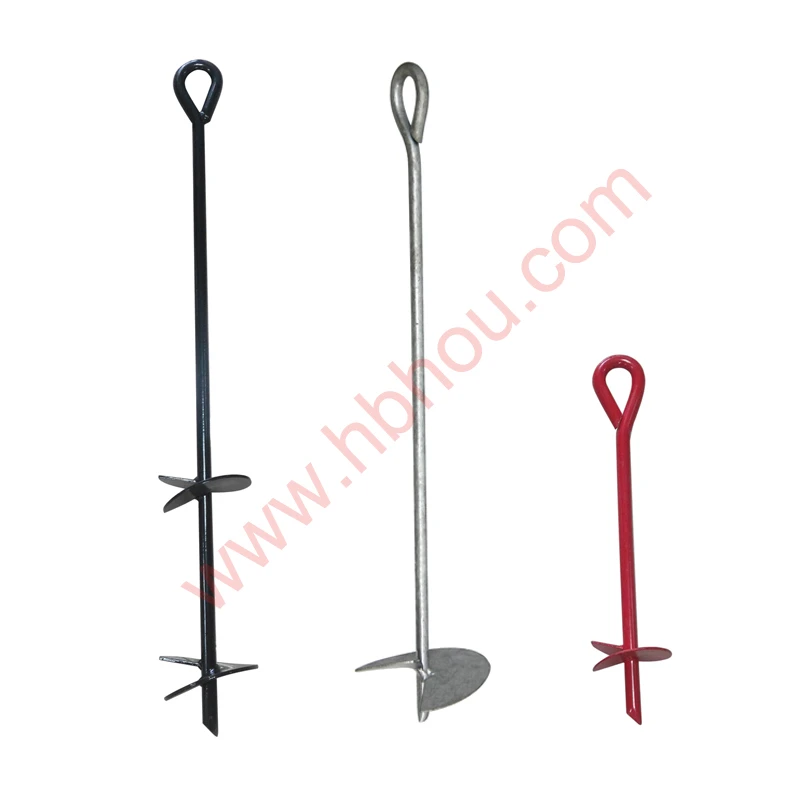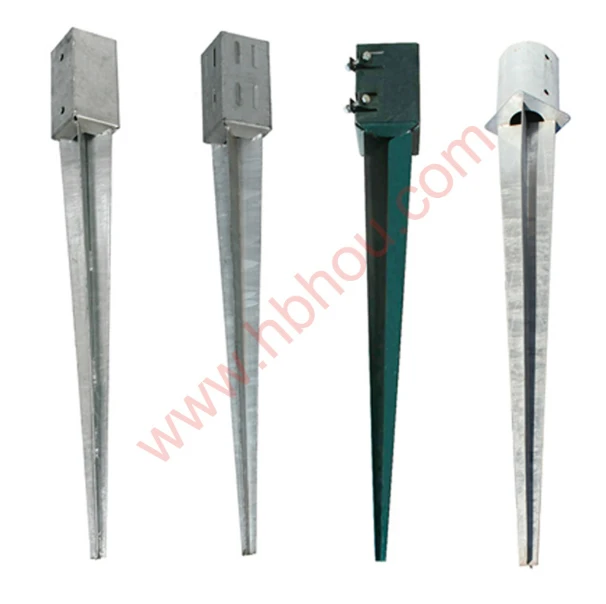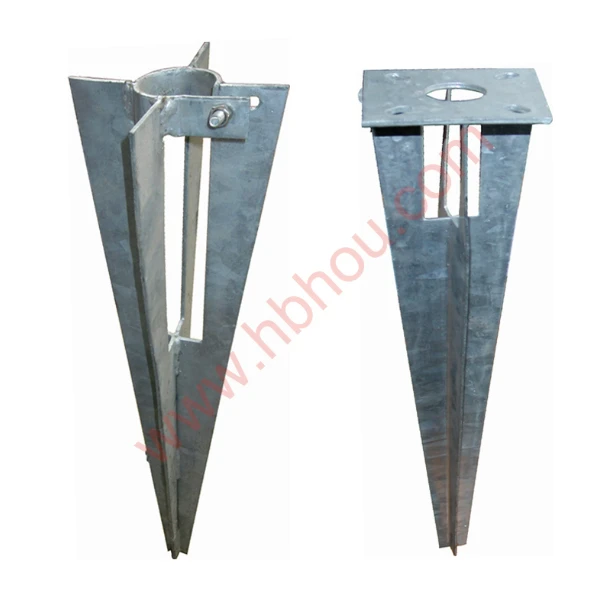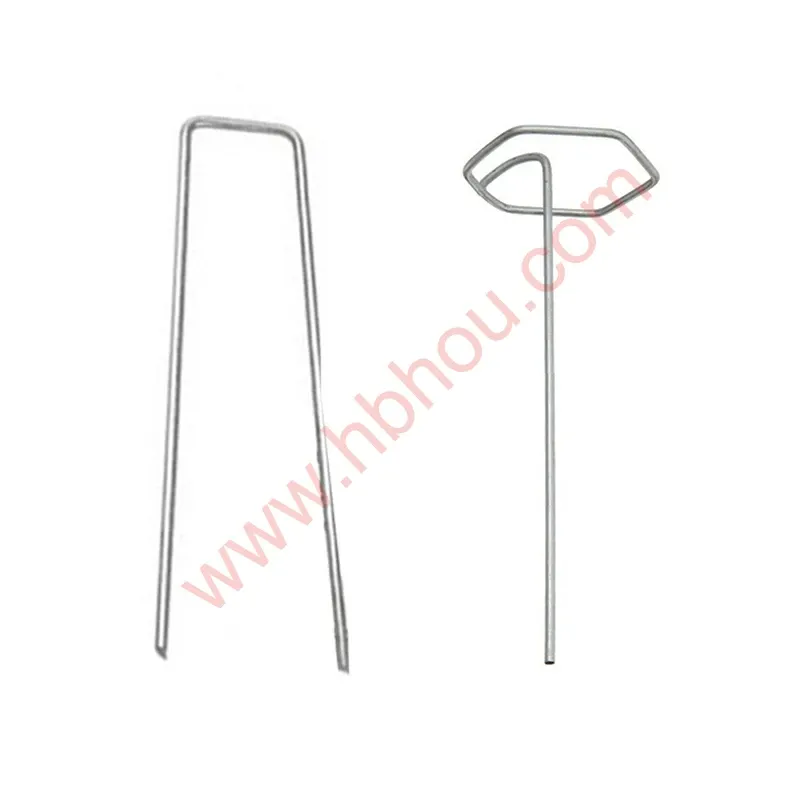
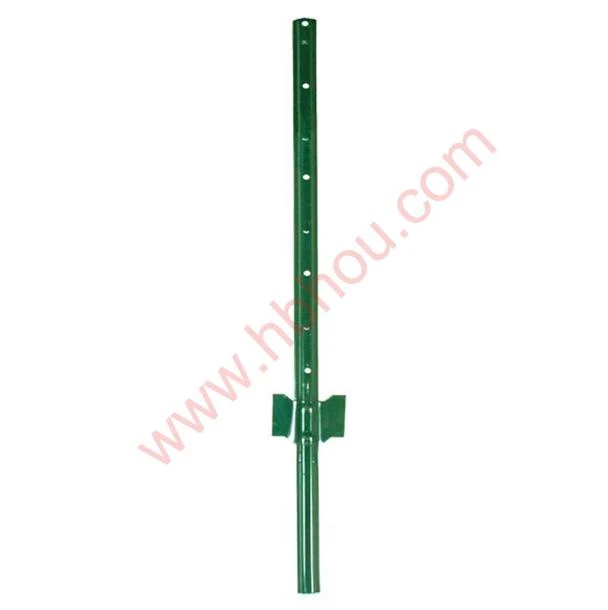
High-tensile wire fences represent another advancement in cattle management fencing. These fences utilize tension and specialized strong wire to create a robust barrier that can withstand pressure from even the most determined livestock. High-tensile fences require fewer posts, reducing the labor and material costs, although careful installation to maintain tension over time is critical. For the premium end of cattle fencing, vinyl fences provide not only effective containment but also aesthetic appeal. Mirroring traditional wooden fences, vinyl can match any farm environment by adding an element of style while being low maintenance and resistant to common fence problems such as rot and termite damage. This type of fencing is best suited for areas where visual appeal aligns with functionality, often found in ranches close to urban settings or show farms. In terms of advanced management, smart fencing technology is beginning to reshape cattle farming. Utilizing GPS and tracking sensors, smart fences create virtual boundaries enforced through connected devices. Although still in developmental stages, this smart fencing could revolutionize how cattle are monitored, offering unprecedented flexibility and control over movement patterns. Selecting the right cattle fence fundamentally depends on specific operational needs, budget, and environmental considerations. The decision should be made factoring in the type of cattle, the terrain of the pasture, and local climate conditions. Consulting with fencing experts and drawing on peer recommendations will increase the probability of choosing a long-lasting, effective solution. Integrating the latest fencing technologies not only enhances protection against escapes but also secures livestock from predators and theft. With every fencing choice, a balance between cost, maintenance, and effectiveness comes into play. As agriculture technology progresses, keeping abreast of innovations in cattle fencing will ensure operations are set up for optimal success in productivity and sustainability.
Prev:
Next:









